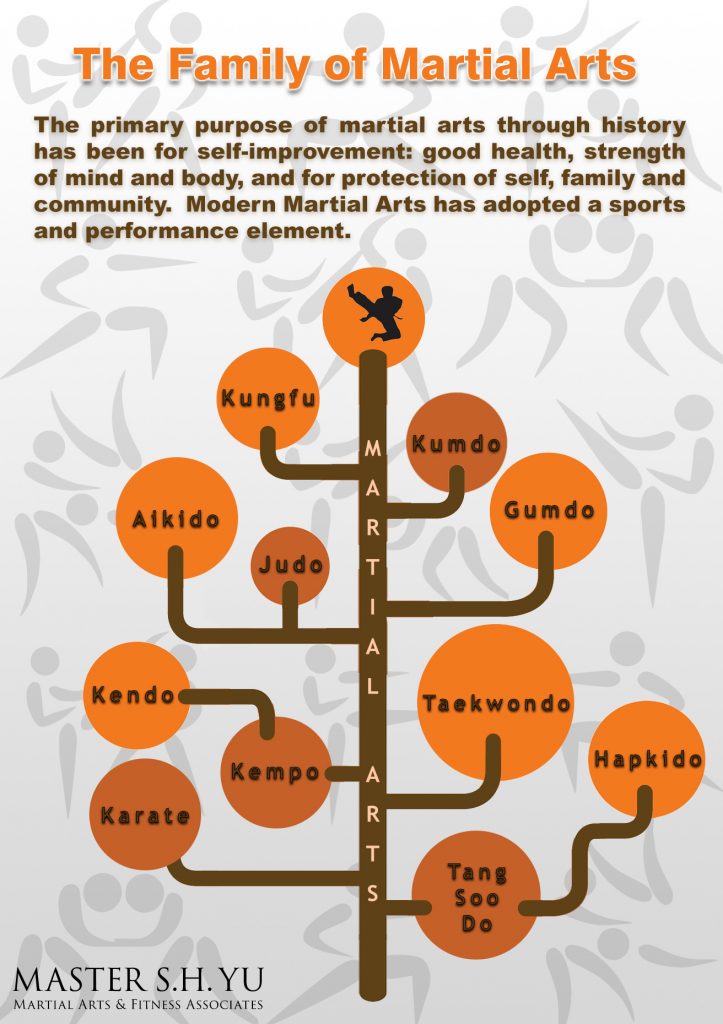Understanding The Fundamental Differences Between Typical Martial Arts And Modern Fight Sports
Understanding The Fundamental Differences Between Typical Martial Arts And Modern Fight Sports
Blog Article
https://onwardstate.com/2023/01/27/penn-state-club-taekwondo-spreading-safety-awareness-through-self-defense-class-partnerships/ -Sherman Haagensen
When you think about martial arts, do you lean a lot more toward the traditional techniques or the modern-day battle sporting activities? Each course uses one-of-a-kind benefits and experiences, formed by their approaches and training techniques. Standard martial arts stress personal development and self-control, while modern-day fight sports focus on competition and efficiency. Recognizing these differences can lead you in selecting the best approach for your trip. However how do these distinctions manifest in training and approach?
The Ideology and Background Behind Traditional Martial arts
While many individuals connect martial arts with physical combat, the approach and background behind traditional martial arts run much deeper. You'll discover that these techniques emphasize individual growth, self-control, and respect.
Originating from ancient practices, conventional martial arts were often created for Self-Defense and spiritual advancement. They symbolize principles such as balance, harmony, and self-constraint, leading practitioners past mere combating abilities.
As you train, you'll not just discover methods yet additionally get understandings right into the society and values that formed these arts. god of martial arts episode 90 eng sub and traditions, usually given through generations, promote a sense of community and belonging.
The Affordable Nature of Modern Combat Sports
Modern combat sporting activities have changed the landscape of martial arts right into a very competitive sector, where professional athletes challenge in an examination of ability, strategy, and endurance.
You'll notice that competitions are frequently organized with strict guidelines and regulations, guaranteeing justice and security. These occasions attract big audiences, sustaining the excitement and strength of matches.
Athletes train carefully, not just for physical prowess yet additionally for psychological strength, understanding that every information counts in the ring. The adrenaline rush during competitions is palpable, as boxers press their restrictions to assert victory.
Fans value the athleticism and artistry entailed, making modern-day fight sports a thrilling spectacle that remains to develop and astound enthusiasts around the globe.
Training Methods and Strategies: A Relative Analysis
The affordable ambience of modern combat sports demands innovative training approaches that vary dramatically from typical martial arts.
In modern training, you'll focus on details techniques, sparring, and conditioning, often using drills that replicate real fight situations. You'll see a focus on quantifiable efficiency and constant competition to analyze your abilities.
On the other hand, conventional martial arts focus on types, katas, and thoughtful trainings, commonly highlighting discipline and respect over competition.
Training is typically much less intense and may involve recurring technique as opposed to real-time sparring.
While both strategies construct skill and health and fitness, modern battle sporting activities give a much more dynamic and adaptable training atmosphere, preparing you for prompt challenges in the ring or cage.
Select the course that lines up with your goals and interests.
Final thought
In selecting in between traditional martial arts and modern-day combat sports, it actually comes down to what you value a lot of. If you're searching for personal growth, discipline, and a sense of community, conventional arts may be your ideal fit. However if you flourish on competitors and real-time challenges, modern battle sporting activities could be the method to go. Eventually, both paths use distinct advantages, so it's all about aligning your training with your personal objectives and rate of interests.
